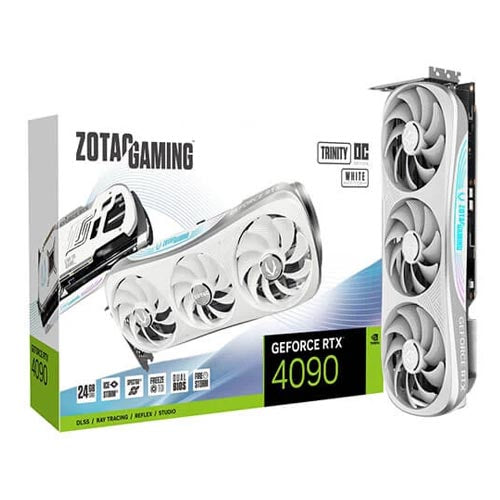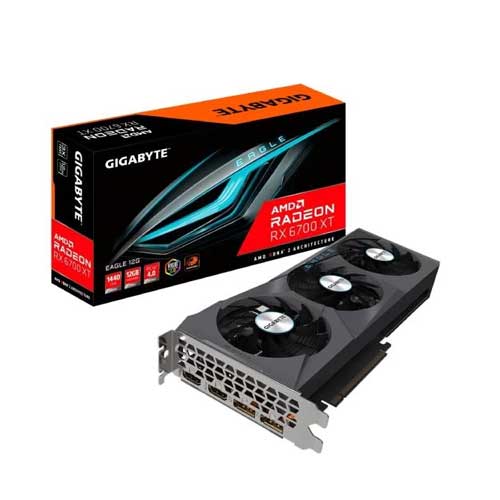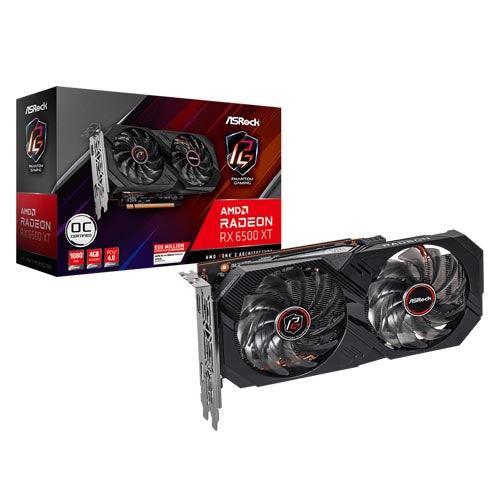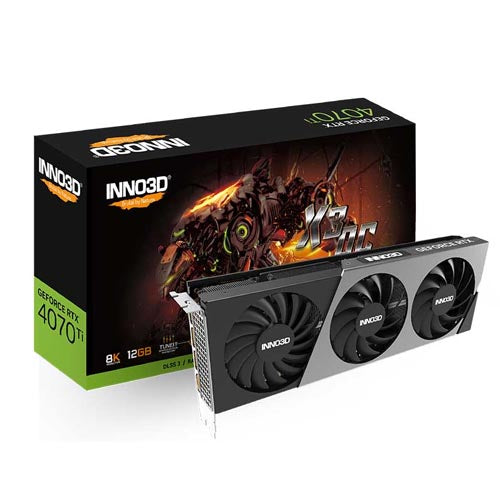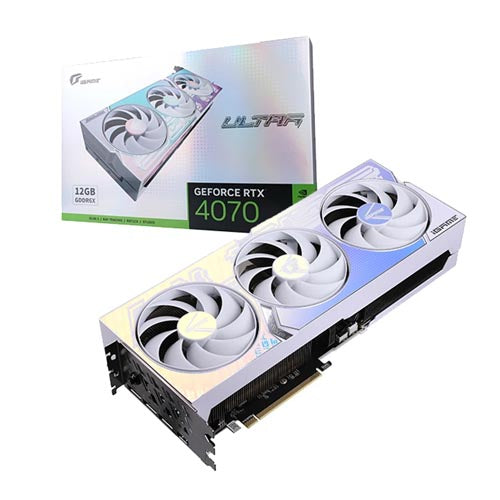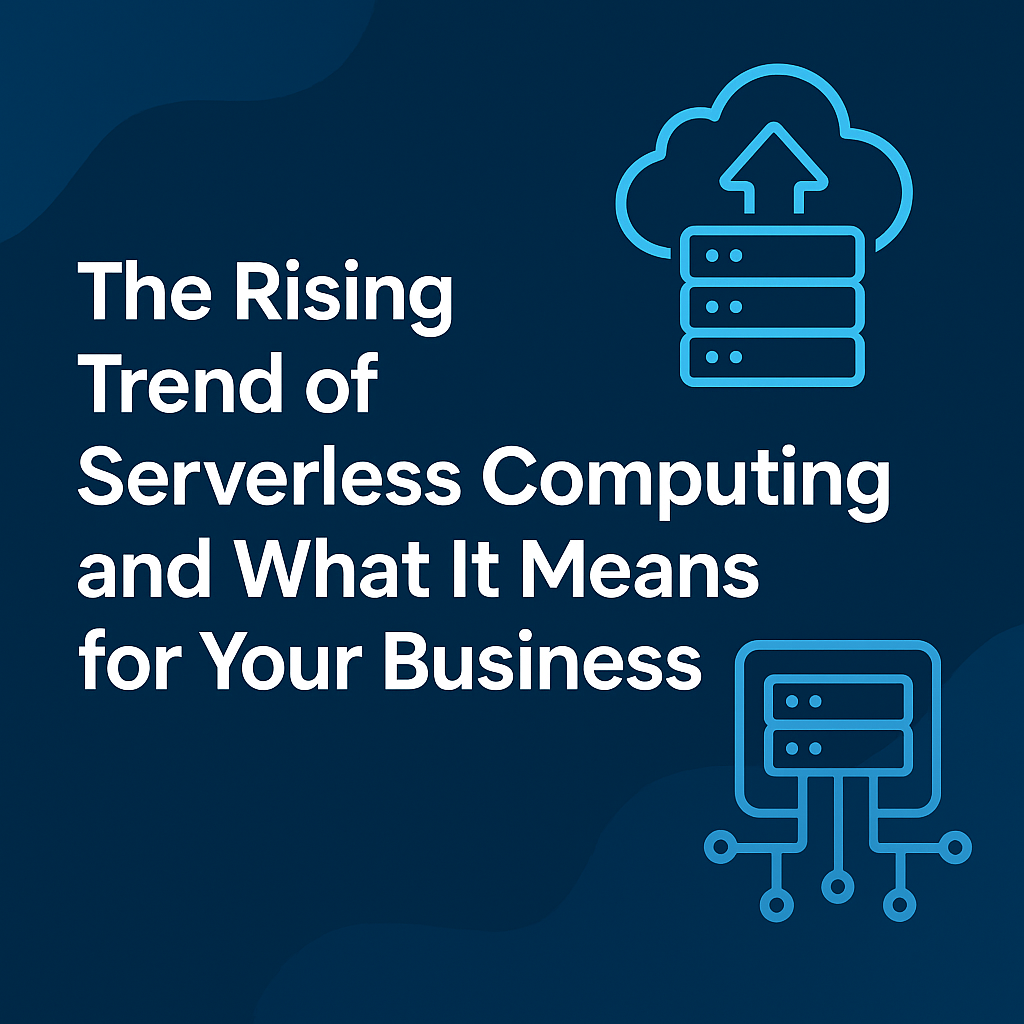
As technology rapidly evolves, businesses must ensure their server infrastructure can keep up with the growing demands of the digital landscape. From supporting new applications to ensuring fast data processing and secure storage, your servers are the backbone of your operations. However, just like any other piece of technology, server infrastructure has a limited lifespan.
Over time, even the most reliable systems become outdated, resulting in performance bottlenecks, security vulnerabilities, and increasing maintenance costs. So, how do you know when it’s time to upgrade your server infrastructure? In this blog, we will explore the key signs that indicate it's time for a server refresh and how upgrading your infrastructure can benefit your business.
Decreasing Performance and Slower Response Times
One of the most obvious signs that it’s time to upgrade your server infrastructure is decreasing performance. If you notice that your applications are running slower, databases are taking longer to process, or users are experiencing delays in accessing systems, it’s a clear indication that your servers are struggling to keep up.
Why Performance Declines Over Time:
-
-
Aging Hardware: As your server’s hardware ages, the processing power and memory become inadequate to handle newer applications or larger datasets.
-
Increased Workload: As your business grows and your workload increases, your servers might not have the capacity to support the added demands, resulting in slower response times.
-
Outdated Software: Running old versions of server software or operating systems can cause compatibility issues with modern applications, further degrading performance.
-
Solution: Upgrading to servers with modern processors, faster memory, and more efficient storage can dramatically improve performance. For instance, investing in servers with NVMe (Non-Volatile Memory Express) SSDs can reduce read/write times significantly, enhancing speed and responsiveness.

Frequent Downtime and Unreliable Systems
If your business is experiencing increased server downtime or frequent system crashes, it’s a strong signal that your server infrastructure is in need of an upgrade. Unreliable systems can lead to loss of productivity, customer dissatisfaction, and even revenue loss.
Reasons for Increased Downtime:
-
-
Hardware Failures: Over time, individual server components such as hard drives, power supplies, and memory modules can fail. Aging hardware becomes prone to failure, leading to unplanned downtime.
-
Lack of Redundancy: Servers without proper redundancy mechanisms (such as backup power supplies or mirrored hard drives) are more susceptible to unexpected failures.
-
Inadequate Capacity: As workloads increase, outdated servers may struggle to keep up, leading to system overloads and failures.
-
Solution: Upgrading to modern, more reliable servers with redundancy built-in can help reduce the risk of downtime. Cloud-based backups or failover systems also ensure business continuity by maintaining operational efficiency even when hardware failures occur.
Security Vulnerabilities and Compliance Issues
Older server infrastructure is a prime target for cyberattacks and data breaches due to outdated security measures and vulnerabilities. As security threats evolve, legacy servers may not have the capacity to support the latest patches and security updates, putting your business at risk.
Why Security Vulnerabilities Arise:
-
-
End of Life for Software: When a server’s operating system or software reaches its end of life (EOL), it no longer receives security updates, leaving it open to attacks.
-
Inadequate Encryption and Authentication: Older systems may not support advanced encryption or authentication protocols that are now essential for securing sensitive data and user privacy.
-
Regulatory Compliance: Many industries (e.g., healthcare, finance) are subject to strict regulatory requirements. Older servers may fail to meet the necessary compliance standards, leading to penalties or data breaches.
-
Solution: A server upgrade allows you to implement modern security protocols, including encryption, multi-factor authentication (MFA), and compliance with regulations like GDPR and HIPAA. Newer systems also provide automated patch management to ensure that your infrastructure stays protected from evolving threats.
Rising Maintenance and Energy Costs
As servers age, their maintenance and energy consumption tend to increase. Legacy hardware requires more frequent repairs, and the older components are typically less energy-efficient, which can drive up operational costs.
Why Costs Increase:
-
-
Expensive Repairs: Older servers require more maintenance and repairs, which can lead to unexpected costs.
-
Power Inefficiency: Older hardware is not as energy-efficient as newer systems. This inefficiency can lead to higher electricity costs, especially if you're running multiple servers in a data center.
-
Spare Parts Shortage: Finding replacement parts for outdated servers becomes increasingly difficult, leading to longer downtimes and potentially higher repair costs.
-
Solution: Investing in new servers with energy-efficient components and modern power management features can reduce both maintenance and energy costs. Technologies like server virtualization also enable you to run multiple workloads on fewer physical servers, further optimizing energy usage.
Increased Complexity in Scaling
As your business grows, you may need to scale your infrastructure to handle more users, data, and applications. Legacy servers, however, may lack the flexibility to scale efficiently, making it difficult to add new capabilities.
Scaling Limitations:
-
-
Limited Expansion: Older server models might not support modern virtualization or containerization technologies, which are essential for scaling infrastructure.
-
Hardware Compatibility: Outdated servers may lack support for newer processors or memory types, limiting your ability to upgrade or expand as needed.
-
Data Bottlenecks: Legacy infrastructure may suffer from performance bottlenecks, making it difficult to manage increased data traffic and workloads.
-
Solution: Cloud-based solutions and modular server designs provide the flexibility to scale your infrastructure easily. Modern servers are equipped with modular components that can be upgraded independently, allowing for smooth scalability. Additionally, utilizing hyper-converged infrastructure (HCI) or cloud services can significantly ease scaling challenges.
Signs Your Server Infrastructure Needs a Refresh
Here’s a quick recap of the main signs that indicate it’s time to upgrade your server infrastructure:
-
-
Performance Issues: Slower processing times, increased response times, and underperforming applications.
-
Frequent Downtime: Increased server outages, unplanned maintenance, or systems going offline unexpectedly.
-
Security Risks: Outdated security patches, compliance issues, and vulnerabilities.
-
Rising Costs: Expensive repairs, higher energy consumption, and difficult-to-find spare parts.
-
Scalability Problems: Inability to scale infrastructure to accommodate growth.
-

Conclusion: Time for an Upgrade?
Upgrading your server infrastructure is an essential step in ensuring that your business continues to operate efficiently, securely, and at scale. While it may seem daunting to invest in new hardware, the long-term benefits—improved performance, security, and scalability—far outweigh the costs of maintaining outdated systems.
By recognizing the signs that it’s time for a refresh, you can proactively upgrade your infrastructure to meet the demands of your growing business. Whether it’s reducing downtime, improving security, or scaling your capabilities, an infrastructure refresh will help you stay competitive and agile in a rapidly evolving digital landscape.
